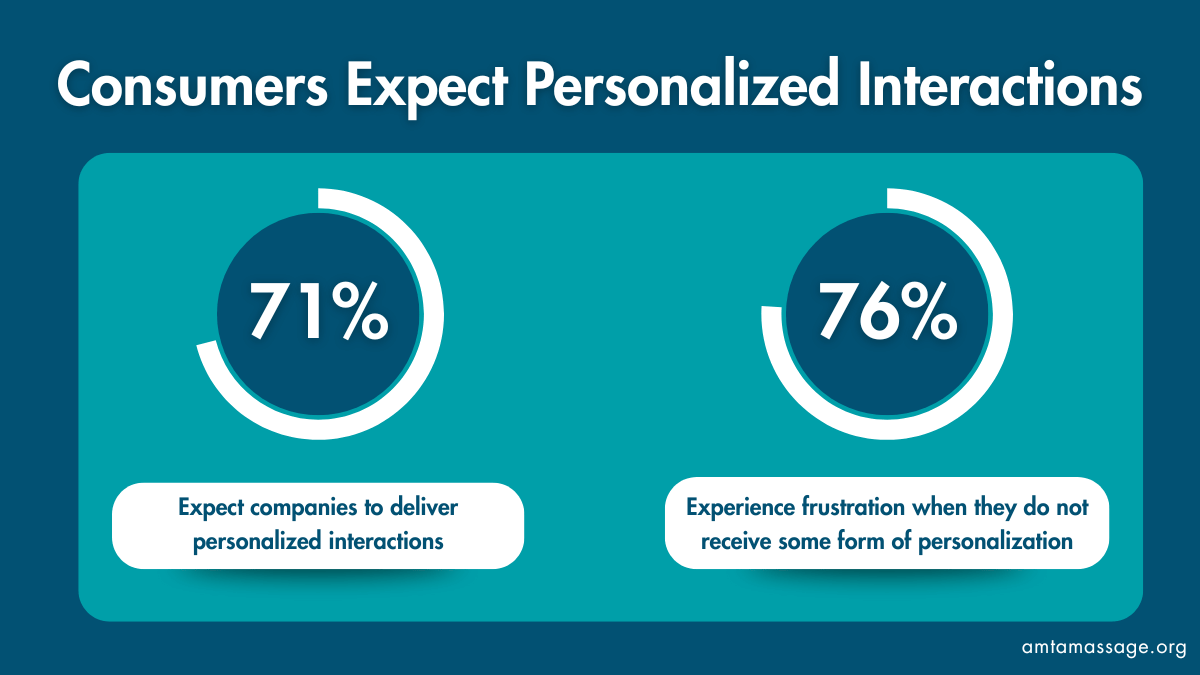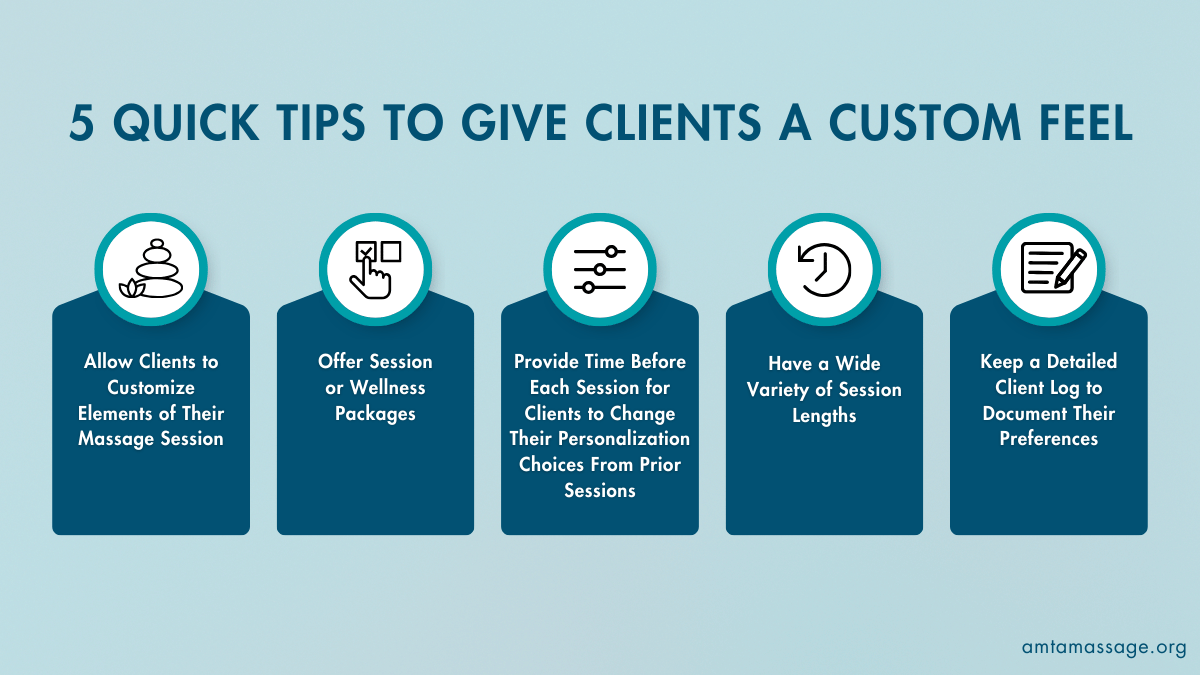Consumers no longer just desire personalized interactions, they expect them. A McKinsey & Company research report found that 71% of consumers expect companies to deliver personalized interactions. Furthermore, 76% of consumers admit they become frustrated when they do not receive some form of personalization.
Generation Z, who are considered the most important generation currently for businesses as they are shortly expected to surpass Millennials in spending power, are at the forefront of this personalization charge.
According to research compiled by Contentful, nearly half (49%) of individuals in Generation Z say they are less likely to buy from a brand if they do not provide a personal experience. Additionally, 27% say they will stop spending money with the brand or share a negative experience with peers if their experience with a brand is impersonal.
This personalization pays off for the companies, as 62% of business leaders say that their personalization efforts have led to improved customer retention. Additionally, personalization can reduce customer acquisition and retention costs by 28%.

“Customization has become a fundamental expectation across multiple industries, and the wellness space is no exception,” says Clinton Kyles, manager of training and development, Squeeze Massage. “Massage therapy is deeply personal. No two bodies are the same, and no two people experience stress, pain or relaxation exactly the same way. That’s why customization and personalization are crucial to the massage landscape—guests want more than a one-size-fits-all approach.”
The type of massage is not the only place clients are looking to customize their experiences, however. Clients want control over every aspect of their massage therapy experience, and many companies are trying to provide them with just that.
Customization within the Massage Therapy Industry
When it comes to massage, this means giving clients control of both technique used during a session, as well as the ambiance of the room itself. “Every detail matters when it comes to relaxation and therapeutic benefits,” says Kevin Ramsey, LMT and Massage Envy Body Care Service Innovation Manager. “Temperature, music, lighting and bolster preferences can all be adjusted to meet their needs.”
Clients at Massage Envy are encouraged to communicate their preferences both before and during the session. “At Massage Envy, personalization is a priority,” Ramsey says. “Franchises are encouraged to have their massage therapists begin every session with a conversation to understand the client’s goals, focus areas and any discomfort they may be experiencing.”
Every massage therapist at Massage Envy conducts an intake before every session where they review key details such as health history and client preferences around a variety of massage session specifics. After the session, therapist’s document important observations to allow for tailoring of future appointments, creating a customized approach that can evolve with the client’s needs.
The Now is seeing a similar increase in clients’ desires for more customization and personalization options. “Guests are seeking more personalized experiences so they can target specific concerns,” says Gara Post, Co-Founder and Chief Creative Officer of The Now. “As demand for more personalized experiences grows, we continuously explore and introduce new services and healing modalities.”
At The Now, in addition to specifics about the massage itself, clients have control over things such as temperature of the heated massage table, placement of cradles and bolsters, and throw blankets to enhance the level of relaxation throughout their session.
These preferences are communicated to the massage therapist in the Transition Room, a shared room beyond the lobby where massage therapists can meet and speak with their clients before entering their massage rooms, prior to the massage.
What Role Does Technology Play?
The rapid integration of technology is quickly evolving the massage therapy profession, and the desire for more customization is one driver of this advancement.
At Squeeze, clients have this control in the palm of their hands—literally. “Squeeze was built on the idea of combining technology with a feel-good experience, and we’re always looking for ways to make customization even more seamless,” Kyles says.
Squeeze operates under the assumption that technology should enhance, not replace, the human connection. This means the app is there to support the massage therapists and clients, not the other way around.
Squeeze uses its app to give guests control over the whole environment. Guests control suite ambiance, table heat and music. When it comes to the massage itself, clients at Squeeze can leave notes for their therapist directly in the app that each massage therapist reviews during intake. These notes can include things like medical considerations, pillow and positioning requests, or other essential details for the session.
“Once guests arrive, everything is already set to their preferences,” Kyles says. “If they want to make adjustments, whether it’s changing the music mid-session or trying a different lighting level, our therapists are more than happy to accommodate.”
In addition to booking, paying and tipping in the app, there is also a “ready button” that clients can press to let their therapist know when to reenter the room and begin the massage.
Massage Envy has an app that allows clients to book appointments, explore personalized enhancements and find their ideal provider based on their own preferences. In addition to Massage Envy’s app, clients can use the Massage Envy website to update their preferences at any time via their online profile.
It is not all just about apps when it comes to technology, however. AI is ready to play a large role in business personalization strategies. According to the same research compiled by Contentful, 73% of business leaders believe that AI will fundamentally reshape personalization strategies, and over 92% of businesses are leveraging AI-driven personalization to drive growth.
The Now has recently built a new website with AI integration to help create a personalized digital experience. “Guests can select customizations in advance, including preferred pressure, specific focus areas, massage therapist gender preference, and more to ensure their service is personalized prior to arriving at our boutiques,” Post says. “Our Experience Guides, massage therapists and website customizations take note of each guest’s preferences, ensuring a consistent and customized experience every time they visit.”
Regardless of if it is a large franchise or a small business, most massage therapy practices have the same goal as they move forward into the future: create a massage experience that makes the individual client feel like they are your only client.
“Our goal is to make massage even more personalized, intuitive and enjoyable, while keeping the heart of the experience rooted in the incredible work of our therapists,” Kyles says.
How Sole Practitioners Can Give Clients a Custom Feel
Sole practitioners may not have the same budget that some bigger massage franchises do, but that doesn’t mean you can’t make your clients feel like each session is tailored just for them.
Below are five quick tips to help sole practitioners deliver personalized massage sessions to each of their clients.
- Allow clients to customize elements of their massage session outside of the massage itself. Control of things like aromatherapy, room temperature, lighting preferences and bolster position can be given to the client so they can create the best environment possible for their massage. Offer multiple essential oil scents, sheet fabrics/textures, massage oils and creams, and extra pillows or bolsters for optimum comfort.
- Offer sessions or wellness packages that are tailored to athletes, office workers, new parents, or packages that change based on seasonal factors. These can act as a good base for customization without having to customize an entire massage from the ground up for each individual client.

- Have a wide variety of session lengths, ranging from short 15- or 20-minute options up to 90-minute offerings. This makes it easier for clients to fit a massage into their ever-evolving schedules without feeling pigeonholed by a specific length they need to make work. Additionally, if possible, offer as many appointment times as you can, ranging from morning to night and weekdays to weekends.
- Provide a time before each massage where clients are able to change any of their personalization options from prior sessions. This gives them the freedom to try new options without feeling like anything is permanently locked in to find the preferences that give them the best experience.
- The key to all of this is to make sure a client does not need to repeat their preferences to you upon each session. This means keeping a detailed client log where you document their preferences, not just in terms of massage techniques, but also things like lighting, temperature, aromatherapy and bolster preferences. This can be done with pen and paper or digitally. There are numerous software options that allow users to keep notes and track progress and easily update changes.
______________________________
Share Your Feedback on Massage Therapy Journal
Take our quick survey to share your insights and help us enhance our publication!
Take the Survey


